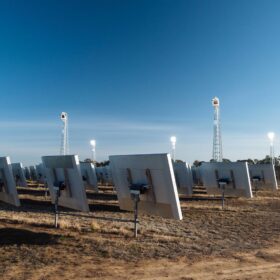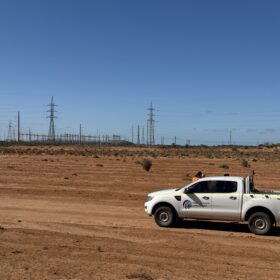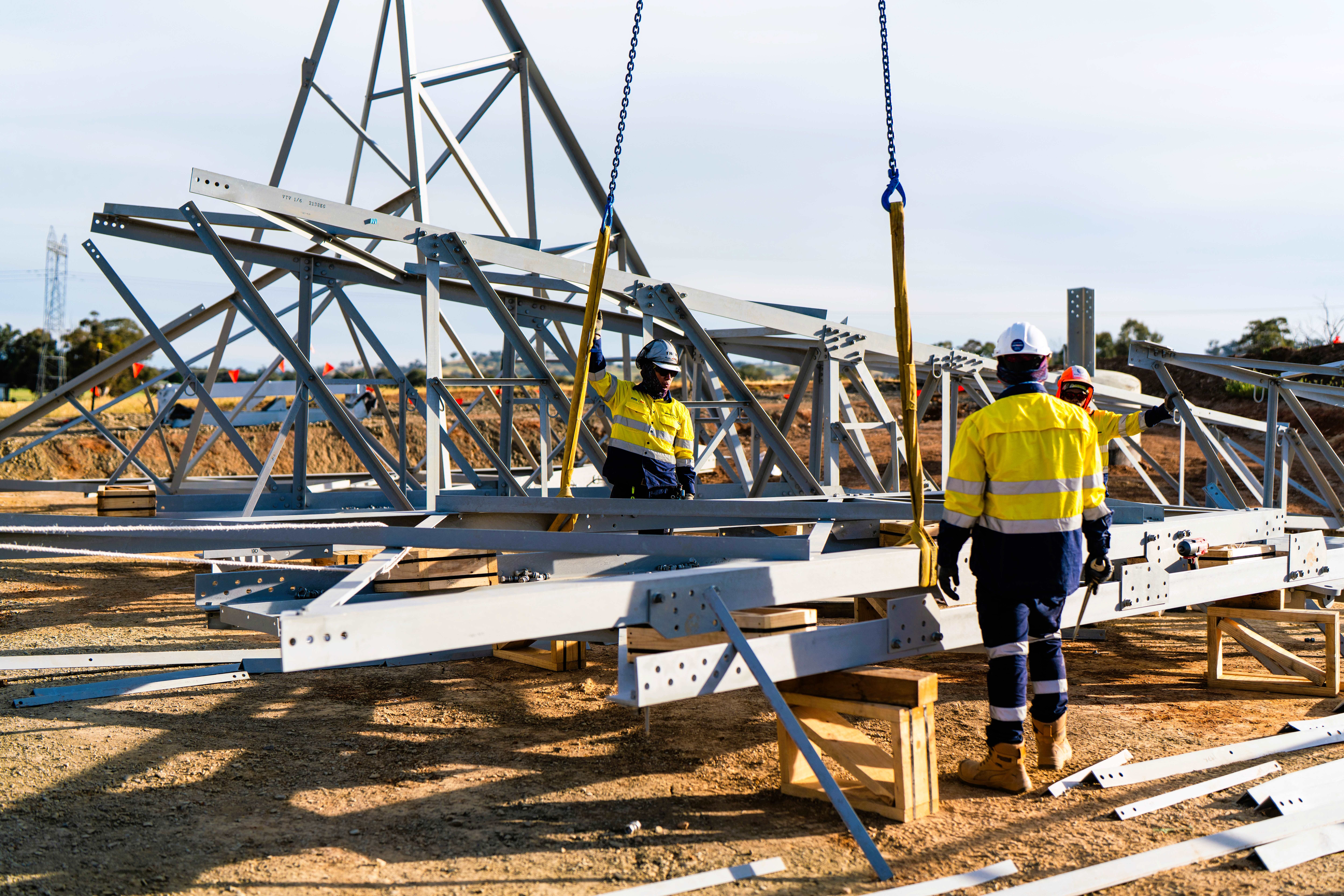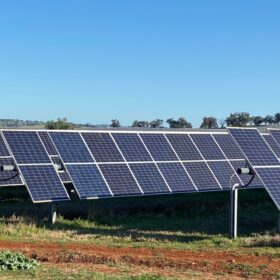The CER has today released its Q2 Quarterly Carbon Market Report (QCMR), which provides insights and analysis on Australia’s carbon markets and associated programs.
The report shows that the Cheaper Home Batteries Program is off to a strong start, with more than 55,000 applications from Australian home and business owners since the scheme commenced in July.
This rivals the number of applications for rooftop solar panel installations over the same period. The 55,000 battery applications represent over 1 GWh of storage capacity, surpassing the 0.7 GWh initial operating capacity of Australia’s largest in-service battery, the Waratah Super Battery.
“This is a landmark achievement,” CER Chair David Parker said. “Households are not just adopting clean energy, they’re leading the charge and taking control of their electricity. The combined capacity of these home batteries already rivals that of major grid infrastructure, which benefits all energy users by improving grid stability and reducing peak electricity demand”.
Just under half of the batteries installed are concurrent with either a new rooftop solar system or an upgrade to an existing system, suggesting the Cheaper Home Batteries Program may help accelerate rooftop solar uptake as consumers seek to leverage the benefits of installing combined solar and storage.
The Q2 2025 QCMR also reports strong momentum in large-scale renewable energy investment, with 2.6 gigawatts (GW) of new large-scale solar and wind capacity approved so far in 2025.
Based on current approvals and the project pipeline, the CER has revised its projection for total approved capacity in 2025 to 3.0 to 3.5 GW, up from the 2.7 to 3.1 GW forecast in the Q4 2024 QCMR.
Renewable penetration continues to grow, with the renewables share of generation across the National Electricity Market (NEM) averaging 37% in Q2 2025, a quarter 2 record.
This brings the average share of renewables in the NEM to 40% for the first half of 2025, up from 35% for the same period in 2024. With the second half of the year typically bringing favourable conditions for renewable generation and new renewable assets continuing to come online, the share of renewables in the NEM is on track to meet the CER’s projection of 44 to 46% in 2025.
More companies are voluntarily surrendering Large-scale Generation Certificates (LGCs) to prove their renewable energy claims. Non-Renewable Energy Target (non-RET) demand for LGCs, which includes voluntary surrenders, remains strong, with 7.2 million LGCs surrendered in the first half of 2025.
The CER expects total non-RET surrenders to reach the upper end of its 12.5 to 15 million projection, with potential for even higher volumes as entities take advantage of low LGC prices to meet their 2025 renewable energy commitments.
In other milestones, the first Nature Repair Market project has been registered with 2 more applications being considered. This marks an important expansion of CER schemes to restore and protect our natural environment.
For more detail, refer to the Q2 2025 QCMR.






By submitting this form you agree to pv magazine using your data for the purposes of publishing your comment.
Your personal data will only be disclosed or otherwise transmitted to third parties for the purposes of spam filtering or if this is necessary for technical maintenance of the website. Any other transfer to third parties will not take place unless this is justified on the basis of applicable data protection regulations or if pv magazine is legally obliged to do so.
You may revoke this consent at any time with effect for the future, in which case your personal data will be deleted immediately. Otherwise, your data will be deleted if pv magazine has processed your request or the purpose of data storage is fulfilled.
Further information on data privacy can be found in our Data Protection Policy.